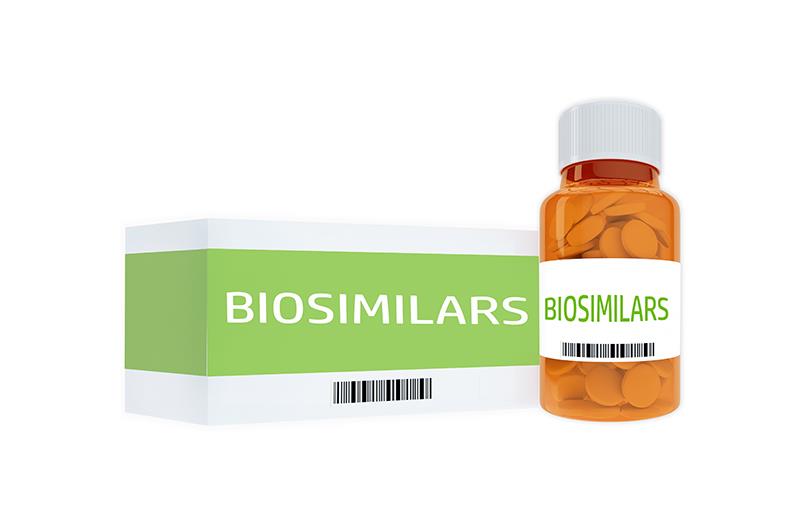Ustekinumab biosimilar SB17 boasts similar efficacy, safety in psoriasis





SB17, a proposed ustekinumab (UST) biosimilar, demonstrates comparable efficacy, safety, and pharmacokinetics (PK) to the reference drug, as well as lower immunogenicity up to week 28, among individuals suffering from moderate-to-severe psoriasis, according to a study.
More than 500 participants were enrolled in this randomized, double-blind study. Of these, 249 and 254 received 45 mg of SB17 or UST, respectively, via subcutaneous administration at week 0, 4, and then every 12 weeks.
The percent change from baseline in Psoriasis Area and Severity Index (PASI) at week 12, with an equivalence margin of [−15 percent, 15 percent], served as the primary outcome. Other safety, efficacy, PK, and immunogenicity endpoints were measured through week 28.
At week 12, the adjusted difference of PASI change from baseline was −0.6 percent (95 percent confidence interval, −3.780 to 2.579), which was within the equivalence margin. The quality of life measured using the Physician’s Global Assessment and Dermatology Life Quality Index was also similar between the SB17 and UST arms. [J Am Acad Dermatol 2024;91:440-447]
Likewise, the frequency of treatment-emergent adverse events (AEs) did not significantly differ between the two groups (48.2 percent vs 48.8 percent). Most of the AEs were mild to moderate in severity, with few serious events. In addition, the overall incidence of antidrug antibodies up to week 28 was 13.3 percent and 39.4 percent with SB17 and UST, respectively.
Response rates
The response rates seen for both groups were higher than those found in previous studies. In PHOENIX I and II, the percent change in PASI from baseline at week 12 was 75 percent to 77 percent, while that in the current study was 85 percent. [Lancet 2008;371:1665-1674; Lancet 2008;371:1675-1684]
"This may be due to the lower mean body weight in our study (as the efficacy of the 45-mg UST dose tends to correlate with body weight) or to the lack of a placebo group,” the researchers said.
“Biosimilar studies, which do not have a placebo group, often report a higher response rate than placebo-controlled studies,” they added. [Br J Dermatol 2017; 176:928-938; Br J Dermatol 2020;182:316-326; J Am Acad Dermatol 2017;76:1093-1102]
Limitations
The current study was limited by the participants who were mostly Caucasian, resulting in less data for other races or ethnicities. The war between Ukraine and Russia also disrupted some sites, but only a few participants discontinued the study, and most sites managed to continue the research.
In addition, the researchers did not directly address the impact of mandatory nonmedical switching among long-term users of UST. “This will require further real-world studies,” they said.
Many biosimilars developed to treat psoriasis and other inflammatory diseases were mostly tumour necrosis factor (TNF) inhibitors. [Expert Opin Biol Ther 2021;21:87-96]
Safer biologics have been developed, including the interleukin 12/23 inhibitor reference UST, which was approved for psoriasis, psoriatic arthritis, and inflammatory bowel disease. “Advantages of UST over TNF inhibitors include less frequent dosing and perhaps a better safety profile,” according to the researchers. [Lancet 2008;371:1665-1674; Lancet 2008;371:1675-1684]